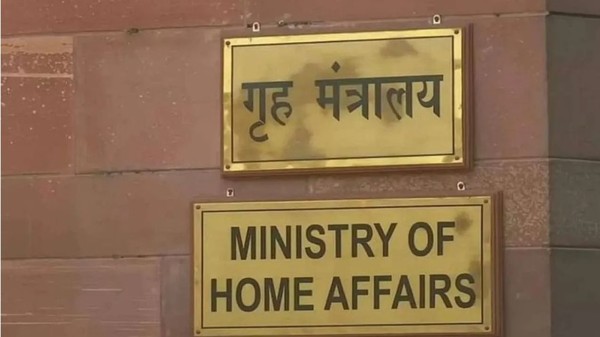

By signing in or creating an account, you agree with Associated Broadcasting Company's Terms & Conditions and Privacy Policy.


By signing in or creating an account, you agree with Associated Broadcasting Company's Terms & Conditions and Privacy Policy.

New Delhi: A report in April 2025 revealed that India’s hospitality transactions are witnessing a marked shift towards tier II and tier III cities. A combination of economic, social, and infrastructural factors are behind this.
In a report, real estate consultant JLL said that the year 2024 saw around 25 deals, primarily involving operational properties in both business and leisure destinations. Nearly half of all hotel transactions occurred in tier-II and III cities, indicating a significant shift towards these areas, the report pointed out.
This trend has helped the hospitality industry expand, offering better hotels in places like Amritsar, Mathura, Bikaner, and others that didn’t have many before.
But why are these cities seeing a shift? The change is driven due to growth in local economies, boost in infrastructure, and spike in domestic tourism. Besides this, increasing demand for affordable yet quality accommodations is drawing more investments in these regions.
The land in metro cities like Mumbai, Delhi, Chennai, Pune and Bengaluru is limited and prices of real estate are zooming, as a result of which new hotel developments have become extremely costly. In tier I cities, the hospitality market has reached a saturation point. The market in these metros is full of cut-throat competition and profit margins have become narrower. Therefore, those in the business are looking for non-metros.
In tier-II and III cities, of late, a massive spike in domestic travel has been witnessed. A lost of Indians are going for adventures in smaller towns, which is increasing the demand in hospitality sector. Apart from Amritsar, Mathura, and Bikaner, tourists and hotel investors are getting attracted to places like Rishikesh, Ujjain, Chandigarh, Jaipur, Mysuru, Ayodhya, Jammu and Varanasi. Many of these cities have become wedding and spiritual hubs.
In 2023, as per JLL data, 217 new hotels opened in tier II cities and 176 in tier III towns, while only 61 were launched in tier I cities. This trend carried into 2024, with major hotel chains growing their footprint in these areas. For example, IHCL launched Ginger Durgapur in West Bengal, and Radisson opened new hotels in cities such as Aligarh and Ayodhya.
Earlier, some of these cities were not well-connected. Now, with improved infrastructure, they can be reached comfortably. The state governments are taking up development of these cities and making them 'smart'. A major chunk of investment is going to road projects and as a result, the hospitality industry is benefiting from increased accessibility. Government schemes like UDAN (Ude Desh ka Aam Naagrik) have also boosted regional connectivity, making smaller cities more accessible.
Another factor that is behind the shift is the growing spending power of India's middle-class. The disposable income of the middle-class has increased and so, they are travelling more to cities that provide cheaper stay and have facilities at par with any other well-developed metro. They are also able to break free of the usual urban sprawl and chaos in these towns, to a large extent.
For the investors, lower land and operational costs translates into better margins in tier II and III cities. According to the JLL report in 2024, there was a diverse range of investors, with high-net-worth individuals, family offices, and private hotel owners making up 51% of the total transaction volume.
In 2024, the number of greenfield projects reportedly reached 28,281 keys — surpassing the total for all of 2023, which stood at 13,600 keys. This shows hotel developers' sustained confidence in the sector’s long-term growth. According to some reports, in 2024, as much as 53% of hotel brand signings were for greenfield developments, with a significant portion in tier II and III cities. This strategy enables hotel chains to customise their properties to cater to the unique needs and preferences of local markets.
The rise in greenfield developments highlights a broader strategic move by leading hotel chains to unlock the vast potential of emerging markets.
Reuters reported that Hyatt plans to open six hotels in India in 2025, including in smaller cities lie Ghaziabad and Kochi. Within five years, the hospitality industry giant is planning to double its hotel count in India to 100. Likewise, Marriott International and IHG Hotels & Resorts are expanding their presence in these markets to capitalise on the growing demand.
By investing in tier II and III cities, most brands are not only meeting the growing demand but also trying to tap into the areas which have a potential to become tourism hubs and provide huge dividends in the long run.












